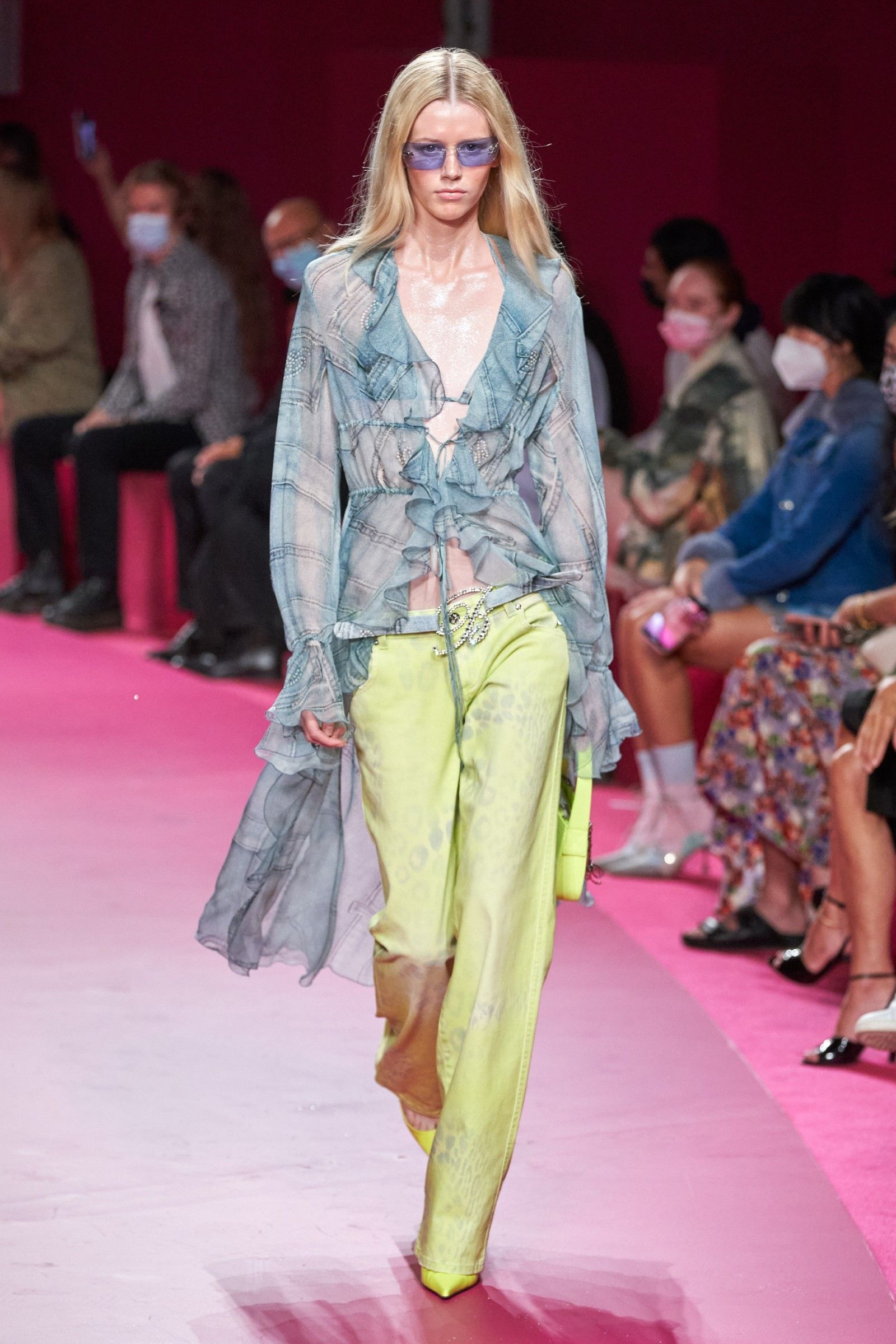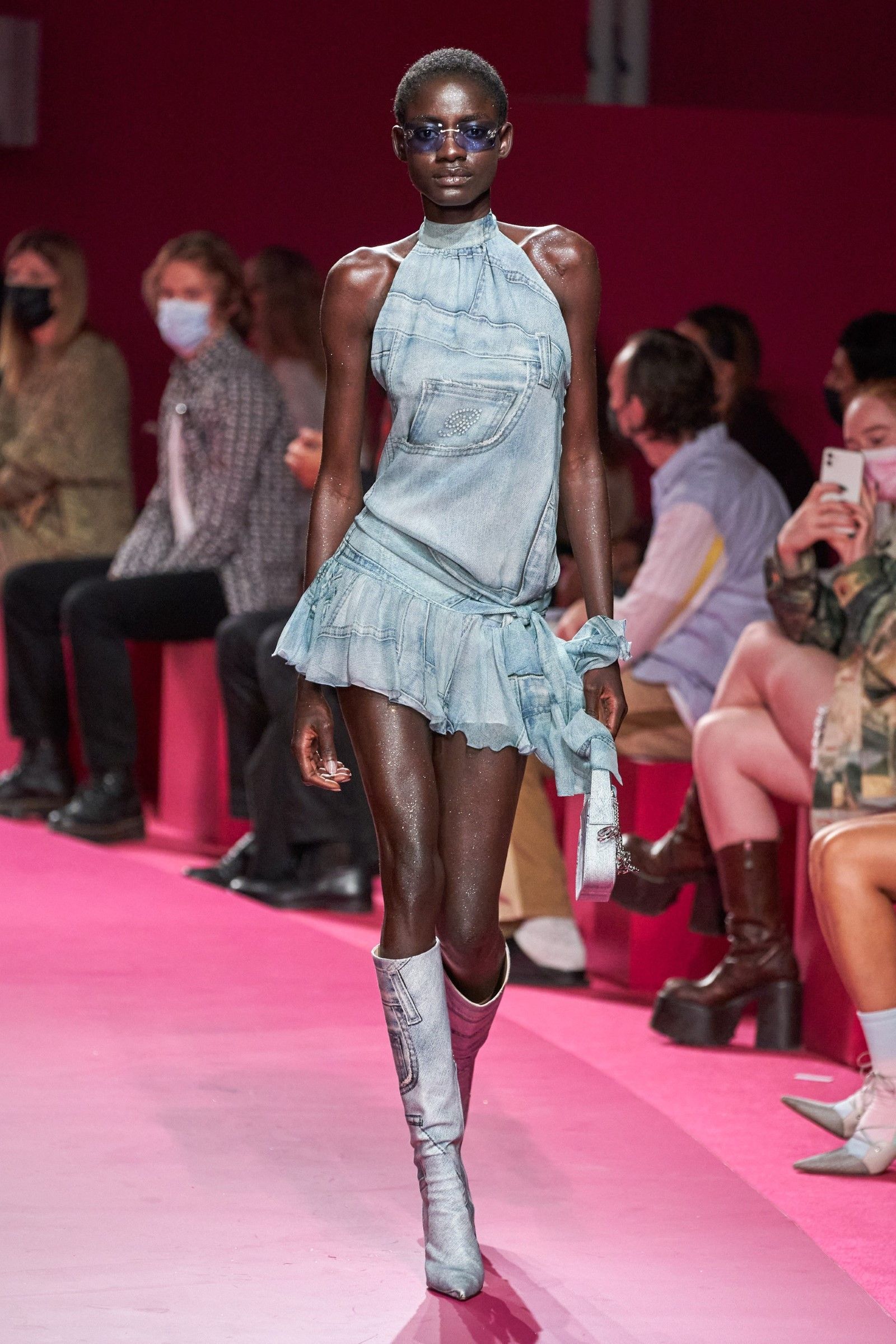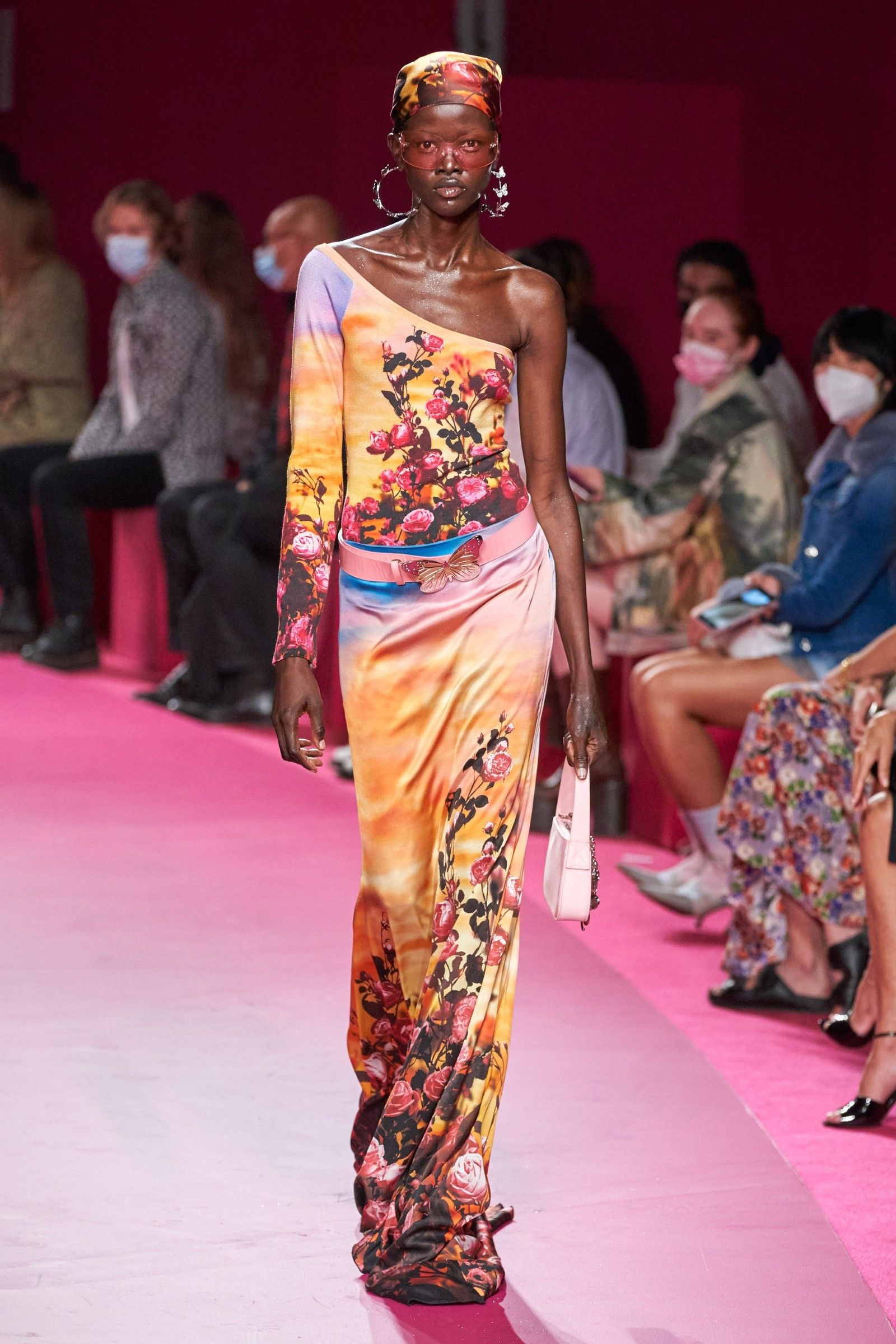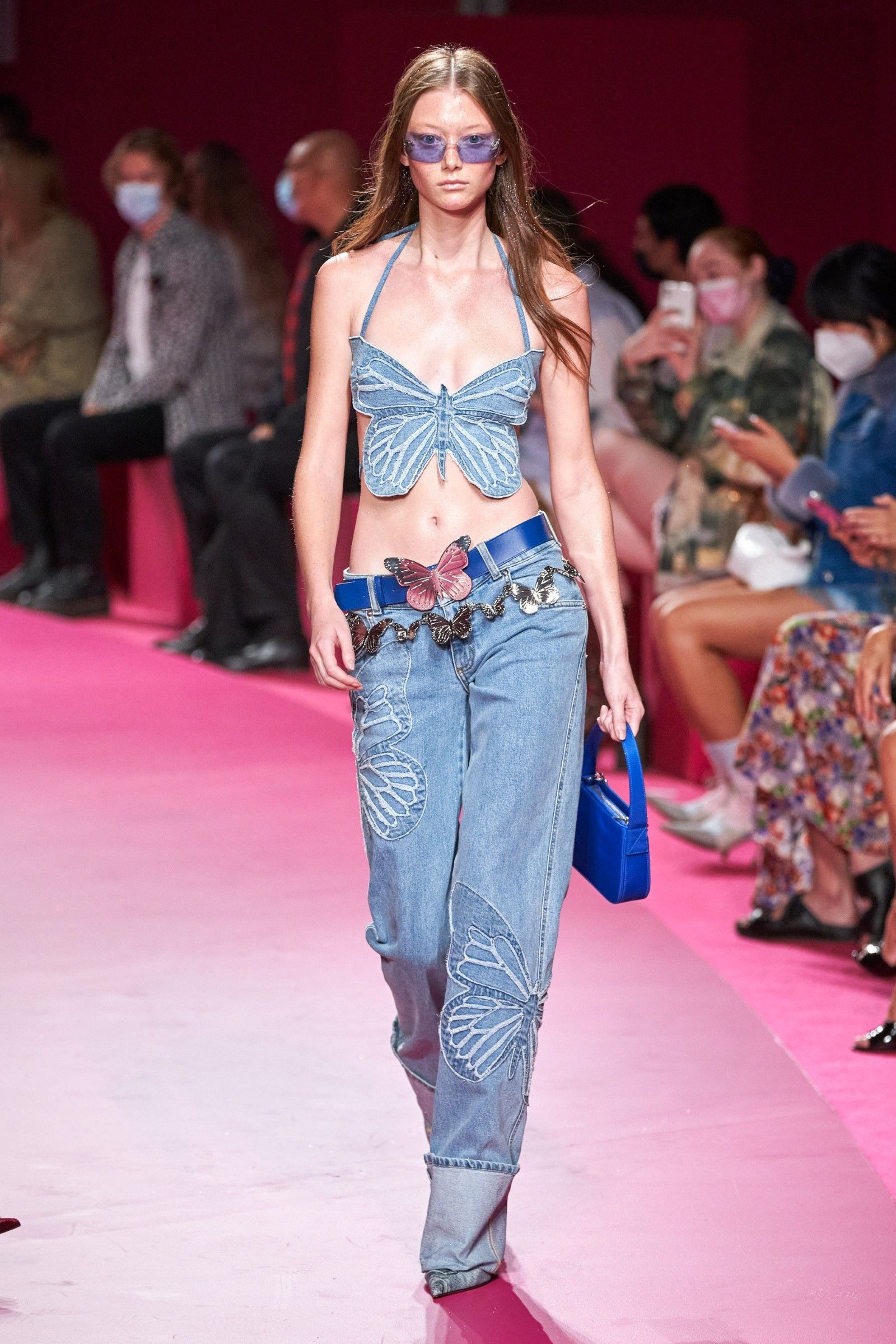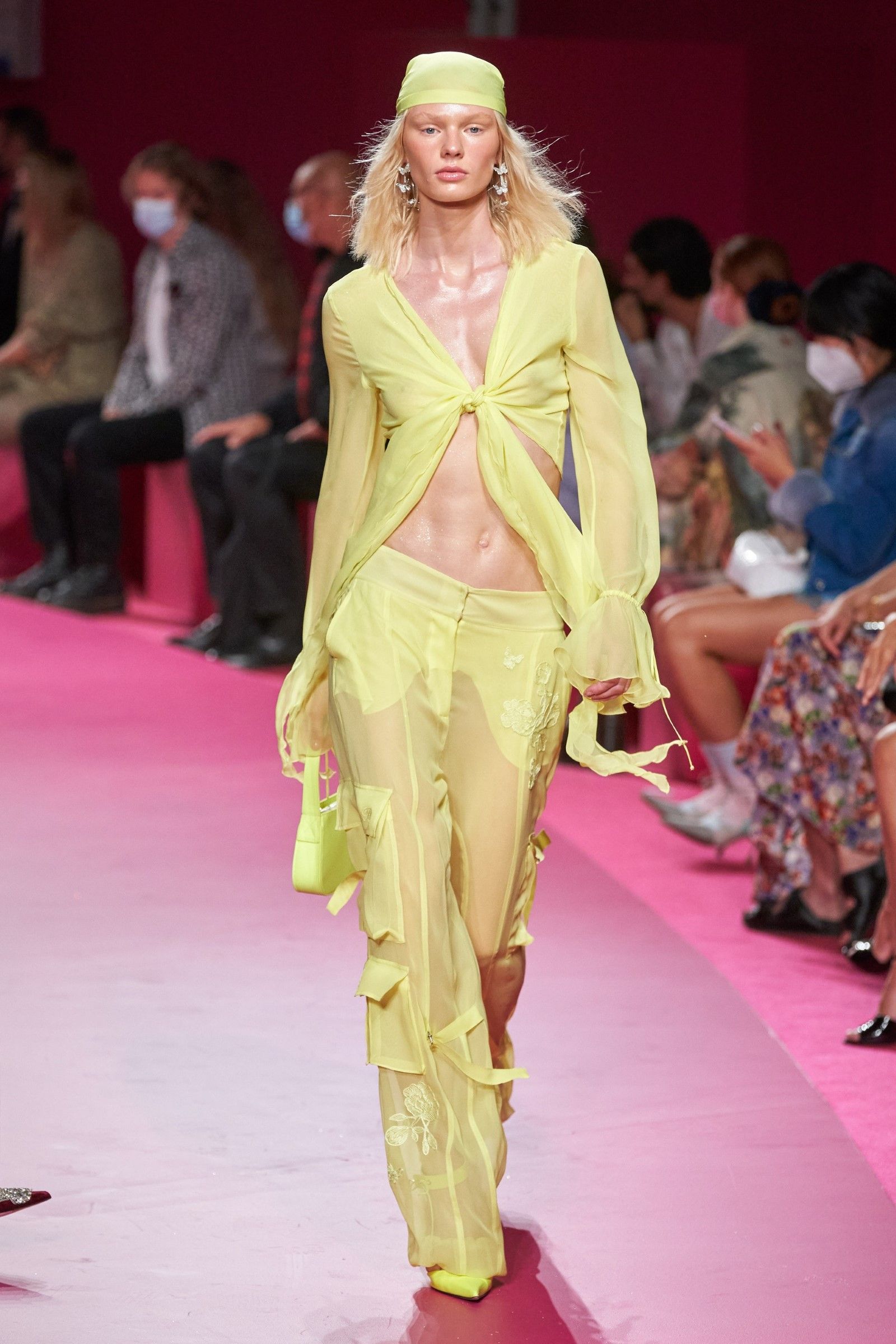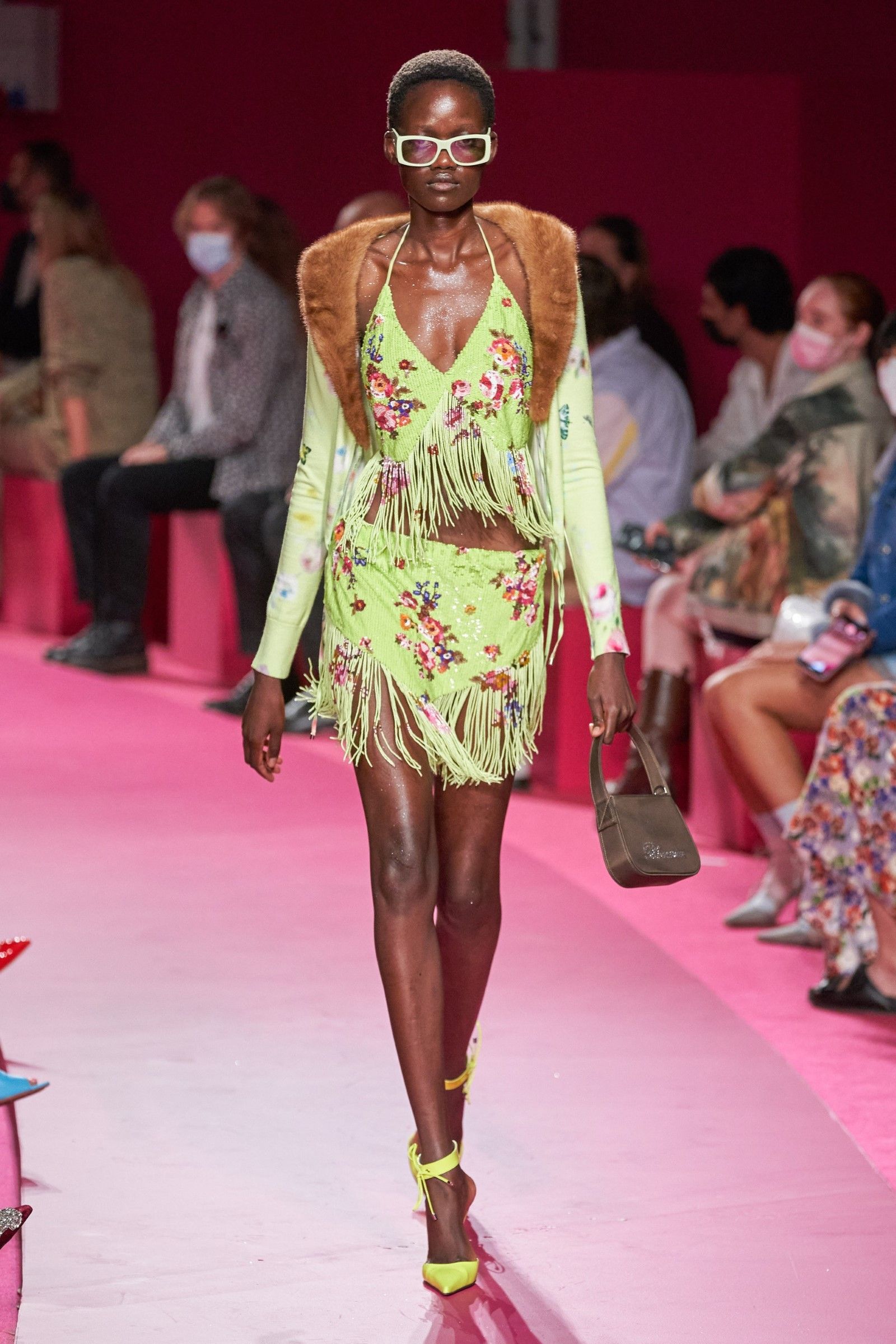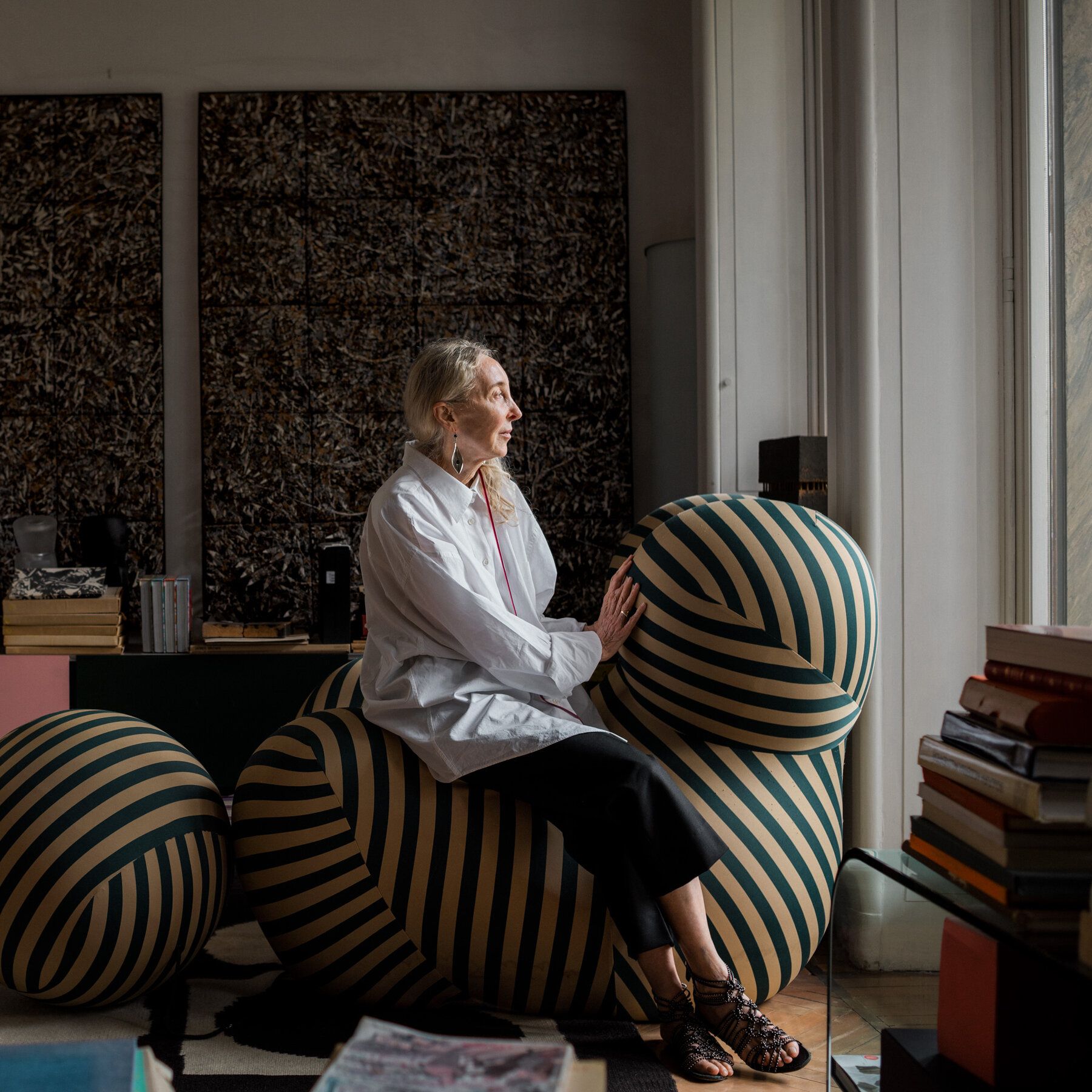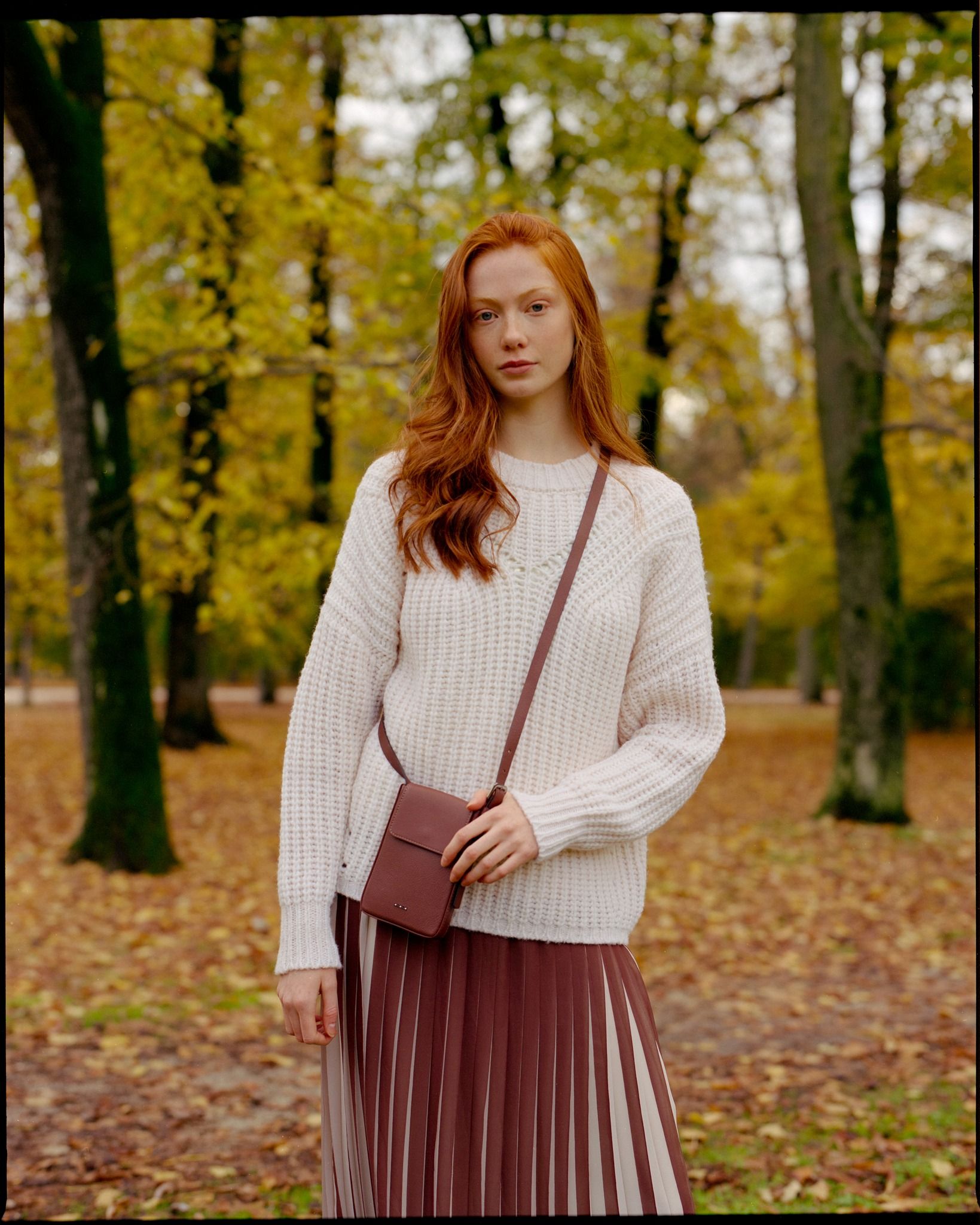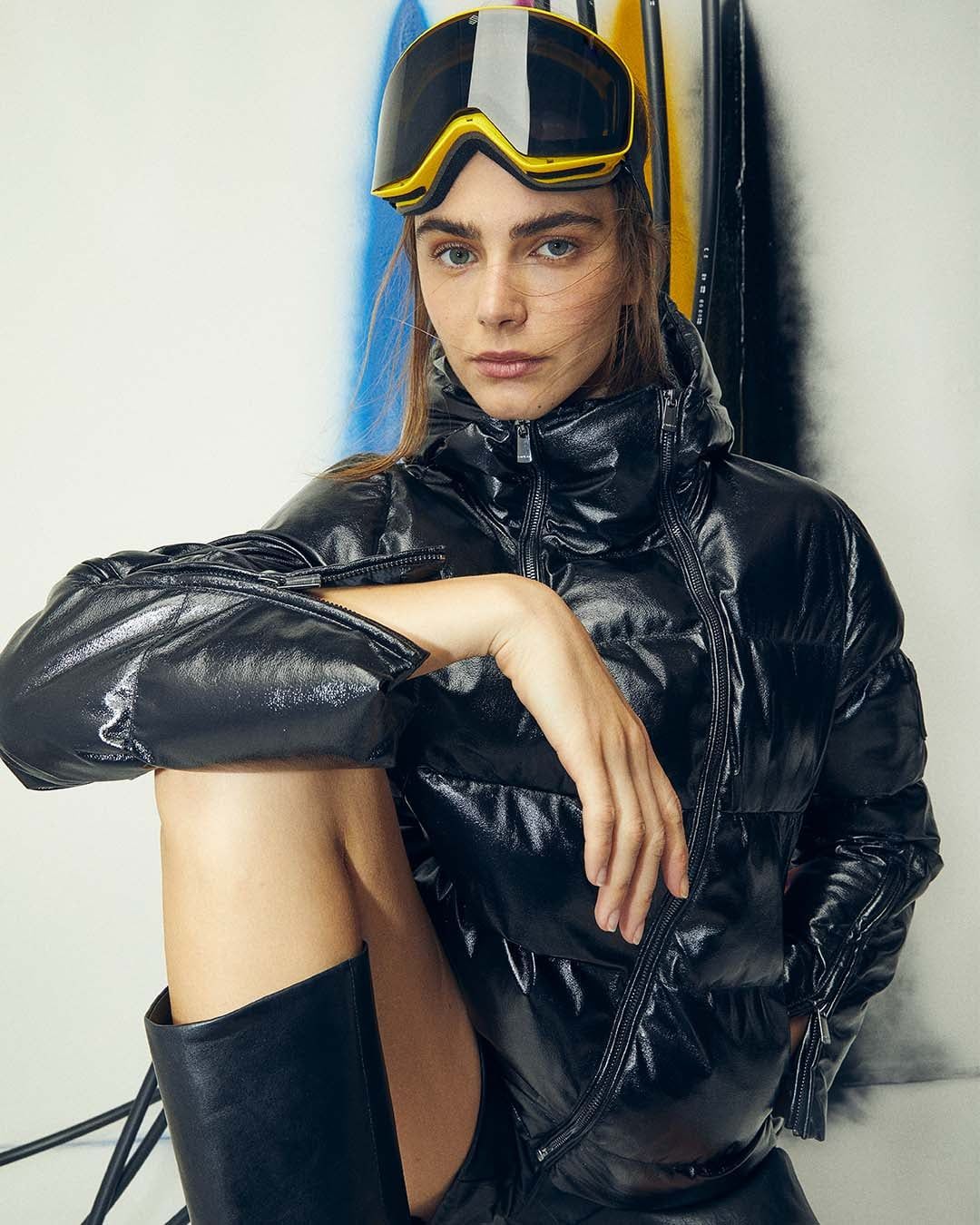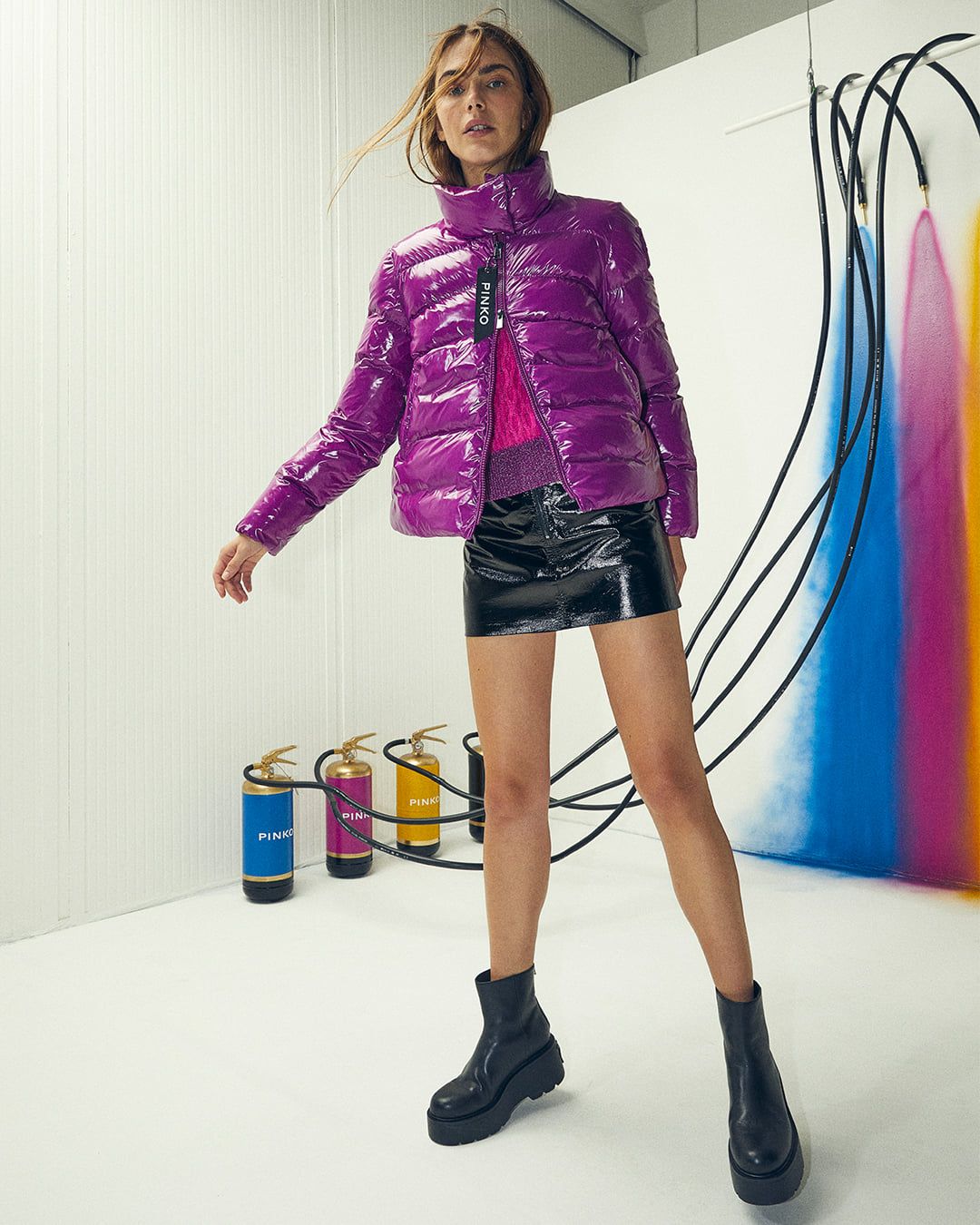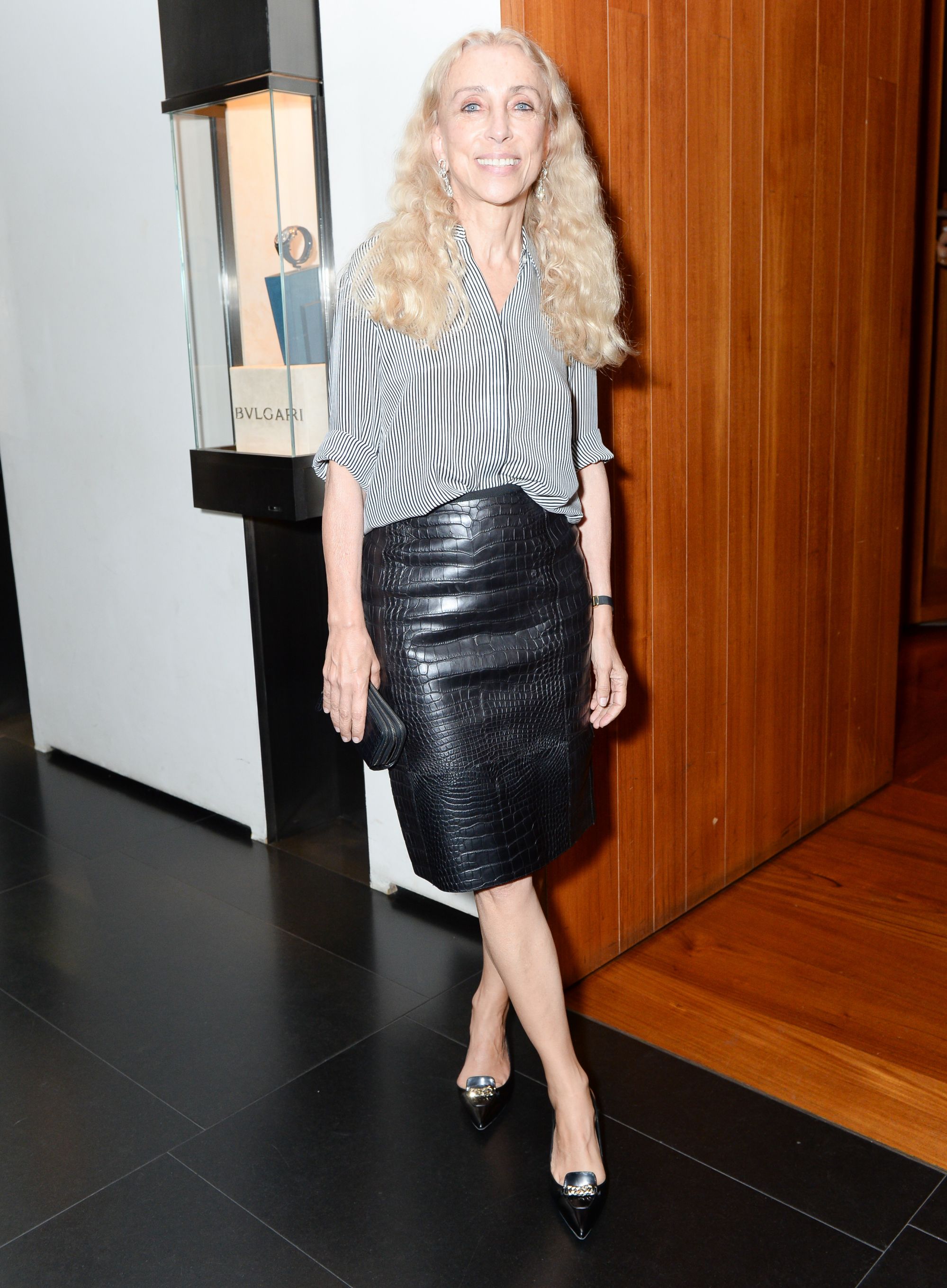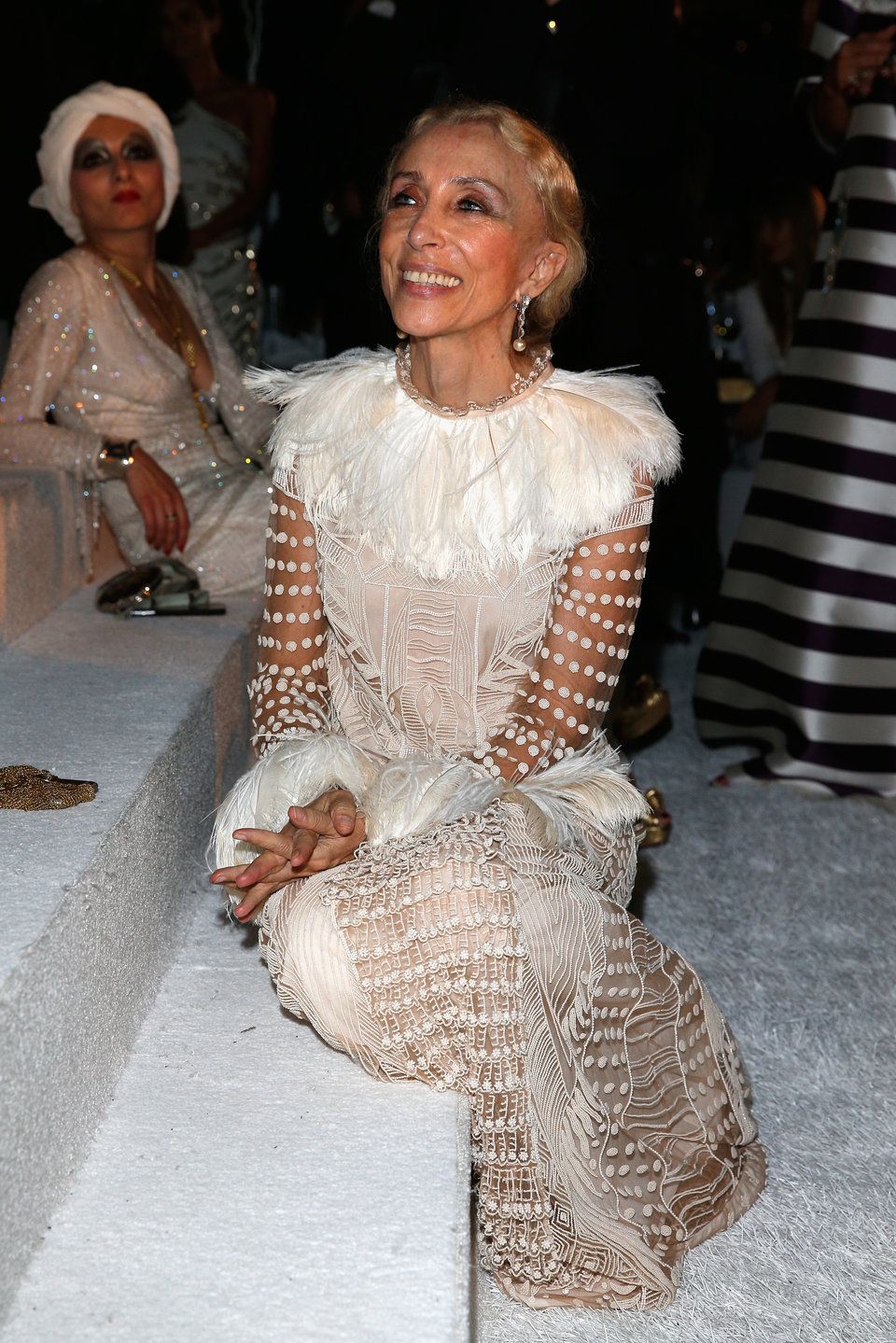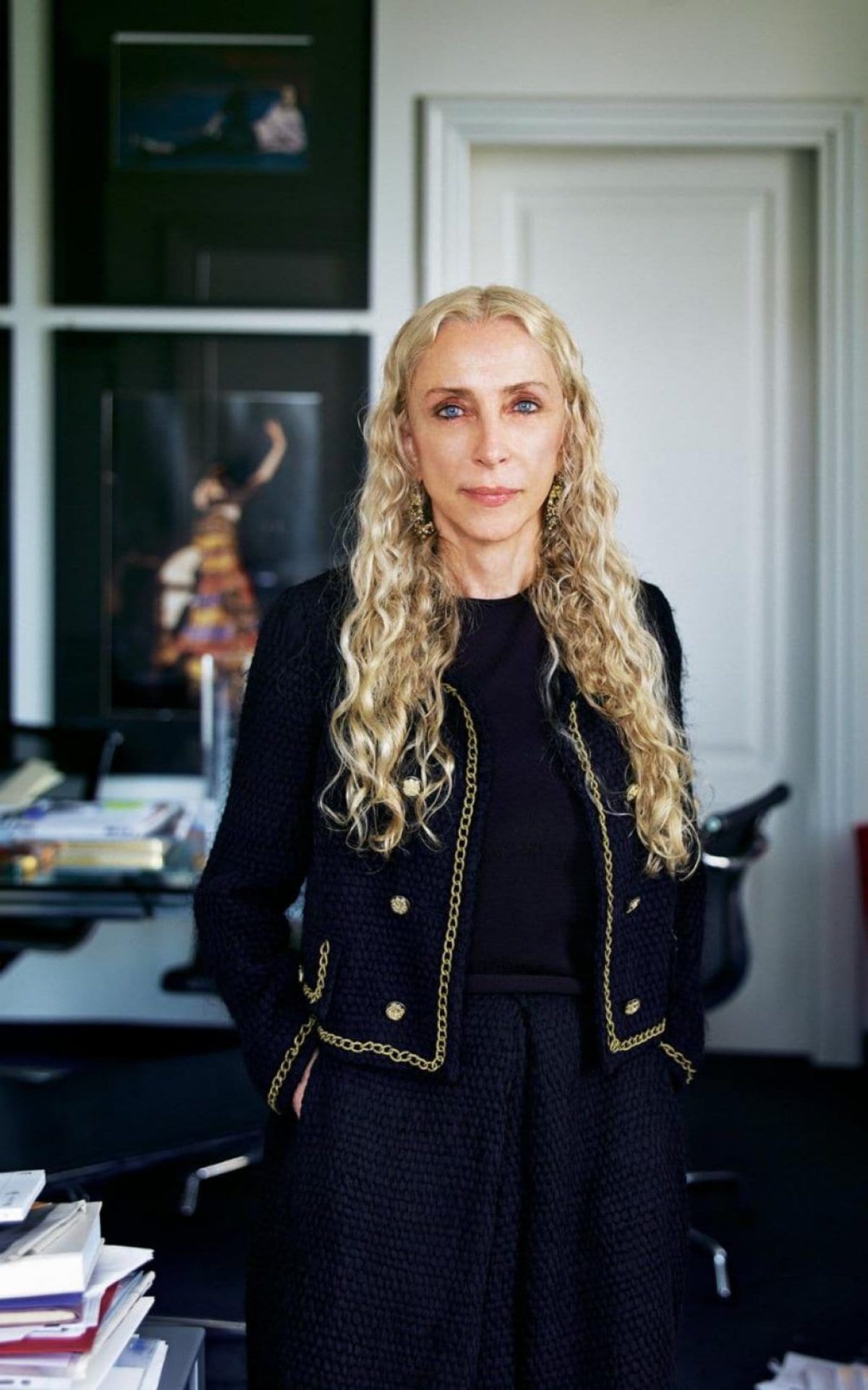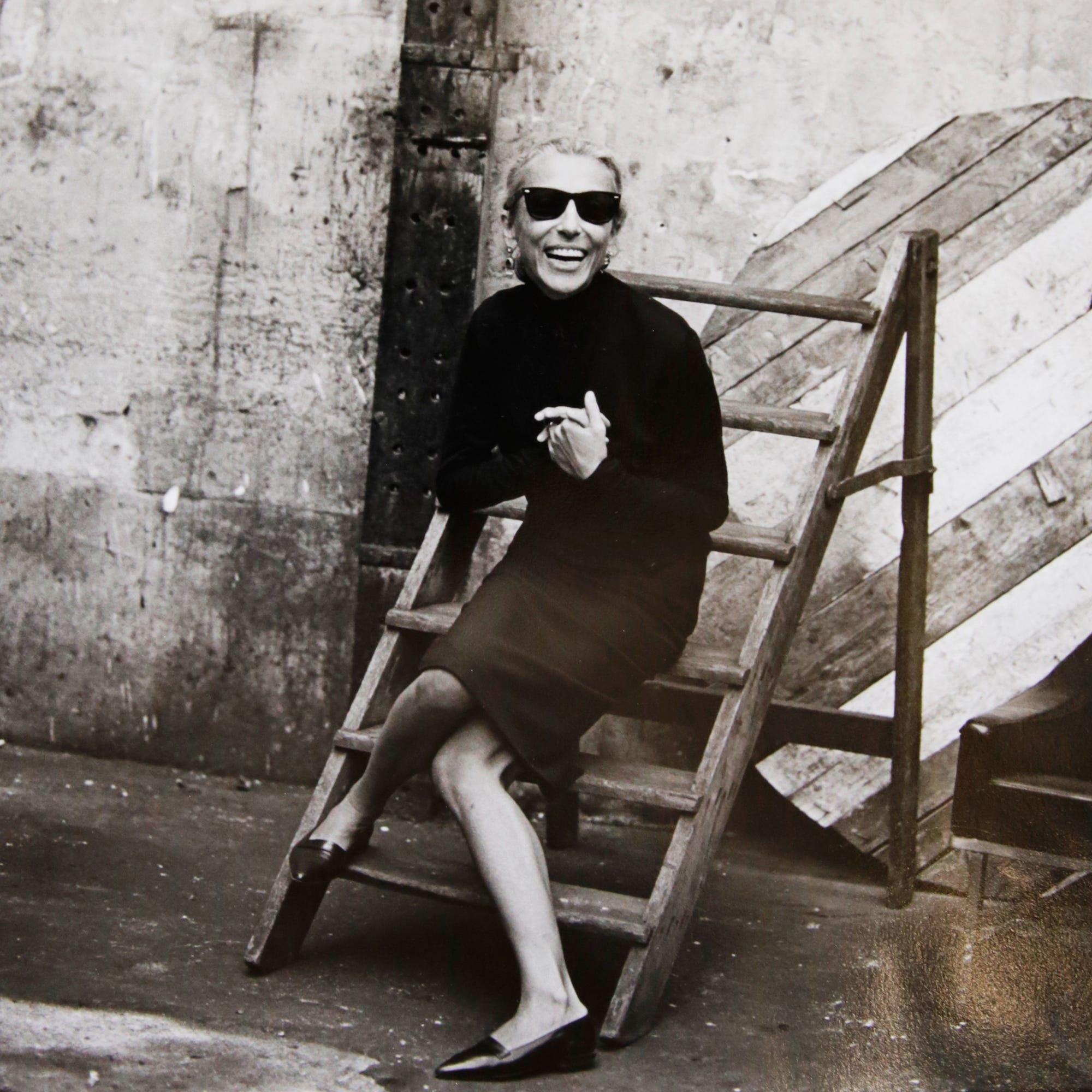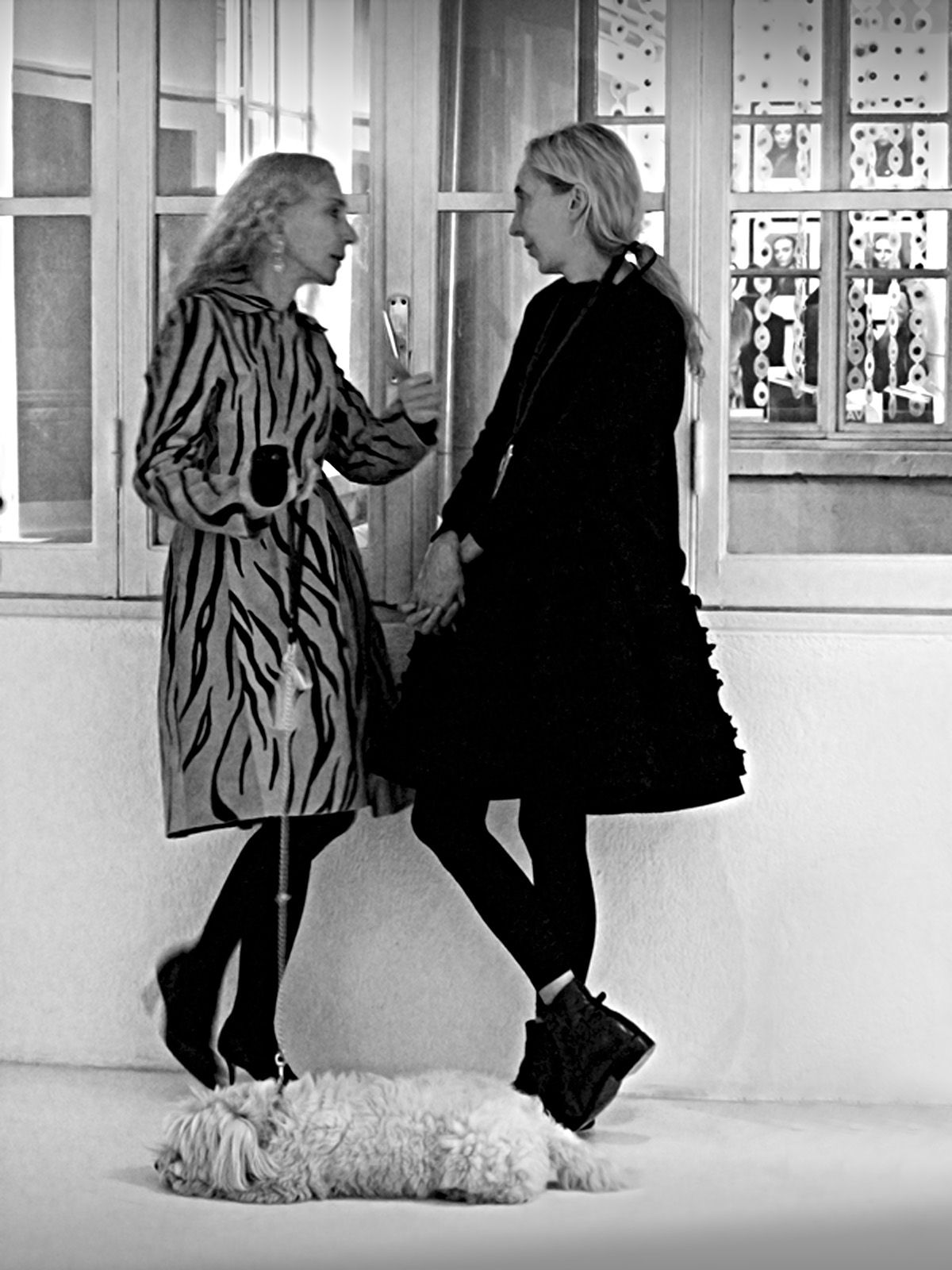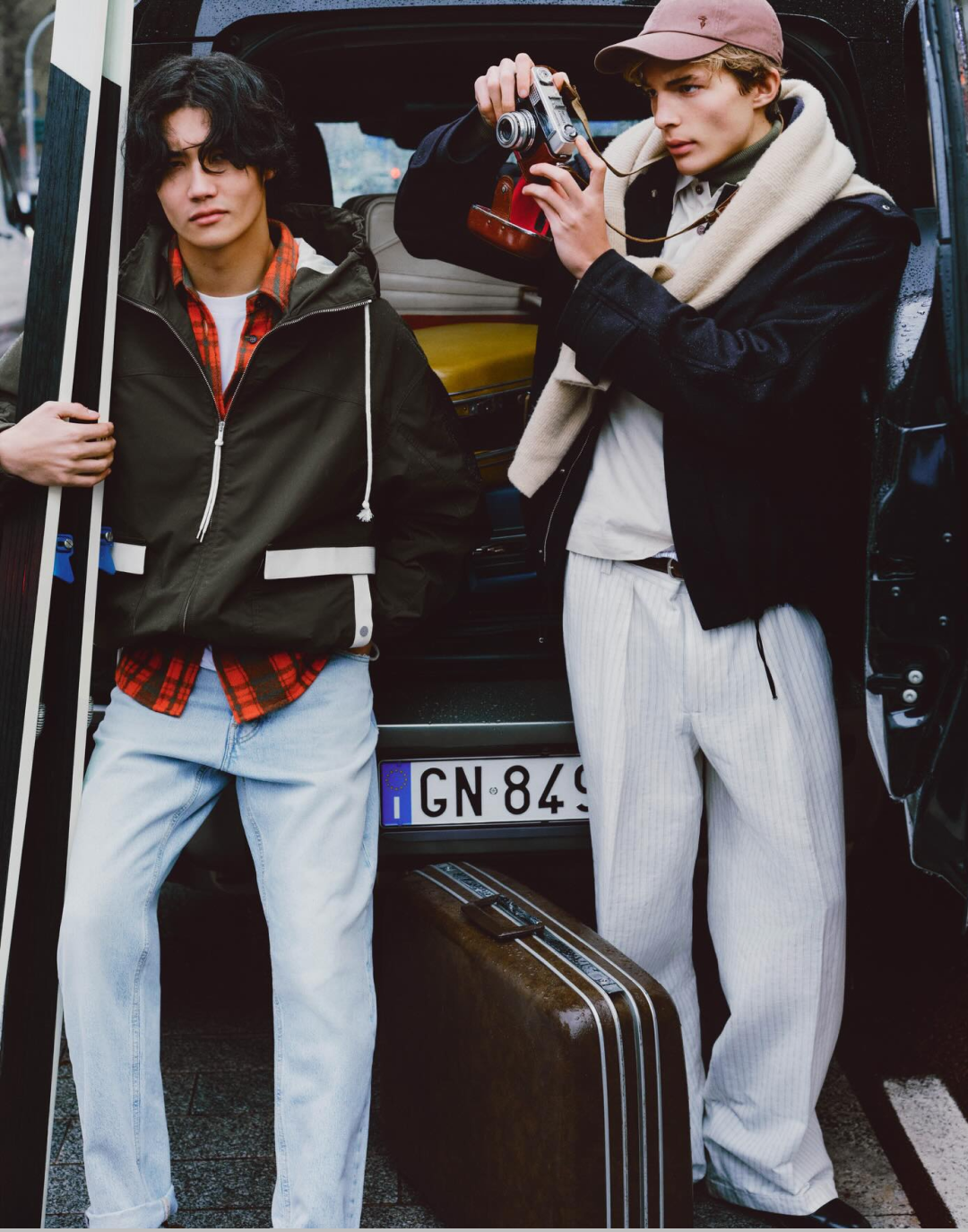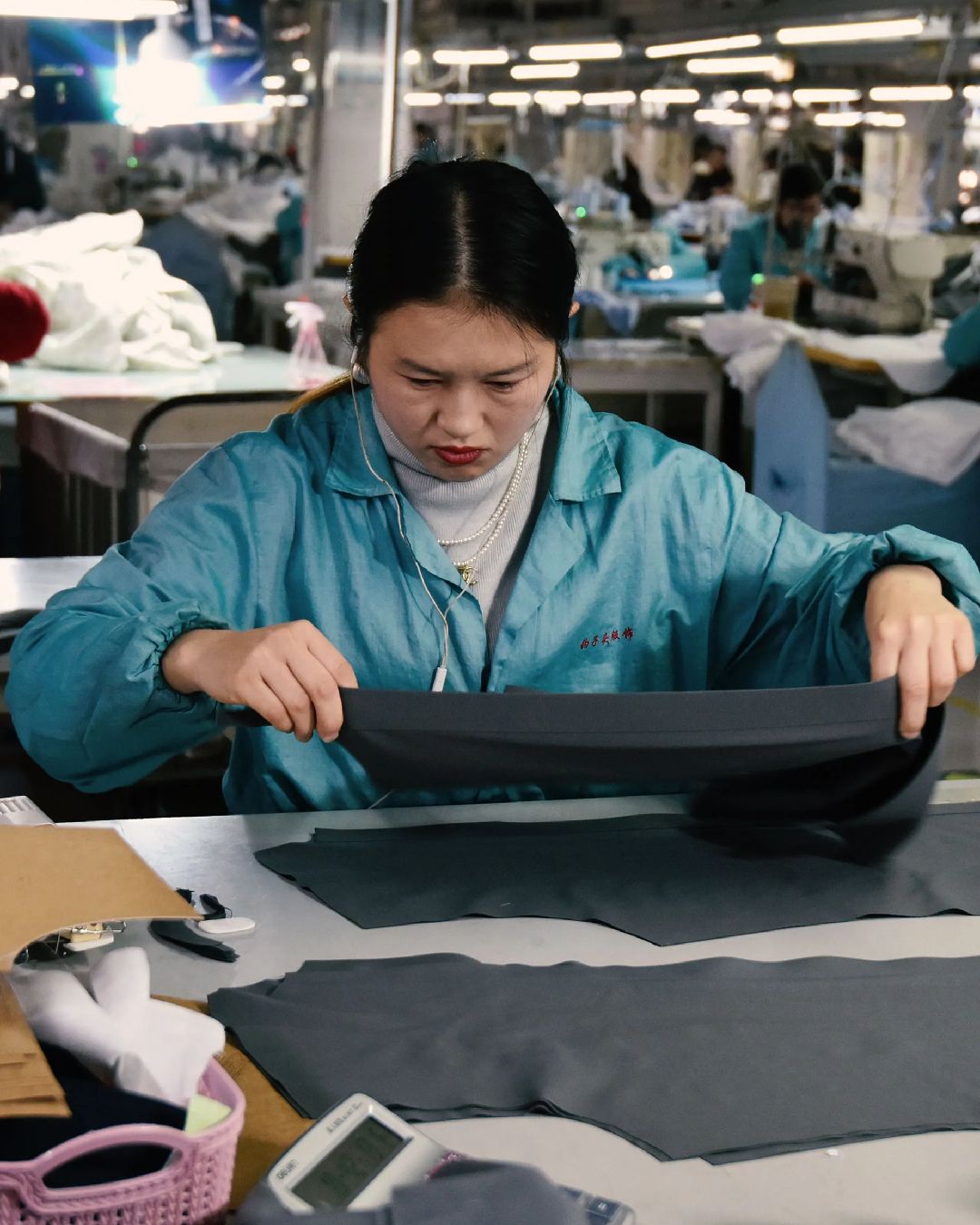
Do all clothing brands have to be fashion brands? Far from the spotlight and the catwalks of fashion week, hides a parallel universe of Made in Italy brands
On the news page of the week of farfetch.com we find, at the time of writing the article, a pair of plastic pumps by Amina Muaddi at 1,078 €, a pair of pants by Christopher John Rogers at 1,324 € and a Prada shoulder bag at 1,847 €. Obviously for the most demanding there is also a short dress by Balmain at 18,686 € or a trench coat by Khaite at 12,445 €. On the other hand, always on the same site, you can find a black down jacket by Pinko at 314 €, a coat in pure virgin wool Made in Italy by Fabiana Filippi at 980 €, a crewneck sweater wool/silk/cashmere Made in Italy by Peserico at 296 € or a Twin Set dress at 224 €. All Italian brands with a certain history behind them that perhaps you will not see wearing the influencer du jour but that are part of the fabric of Made in Italy itself. Pinko now has over 200 single-brand stores, most of them direct, and more than 1,000 premium multi-brand stores worldwide. The brand, which in 2019 totaled over 220 million euros in revenues and aims to double its turnover in 3 years, achieves over 50% of its turnover abroad, in particular in China, Russia and Europe. Fabiana Filippi, on the other hand, with a 2019 turnover of 95 million of which abroad is worth 75% of the total turnover, has a distribution in 40 countries, with a retail slice of 20% thanks to a presence in 60 stores in Europe, Asia and America and a wholesale active through over 1,000 doors. Peserico, finally, produces about 250 thousand garments per season, using more than two hundred different fabrics, and is distributed in more than a thousand points of sale in the world in addition to the twenty single-brand stores and has a turnover of 80 million euros in 2019.
If you are wondering why this article is becoming terribly similar to a column in the Financial Times it is because I wanted it to be clear that there is a range of brands, often completely Made in Italy, which are not only financially healthy but which also enjoy interest from international markets but despite this do not sit in the assembly of recognized brands, of brands, of generational aesthetic references nor are they at the center of any cultural discussion. You can easily read rivers of words about the Gucci fashion show in Los Angeles but I doubt that there are in-depth articles on the exegesis of the SS19 of Peserico. After all, Peserico tells himself by saying that «The warm colors of the earth are mixed with camel tones and slate gray creating soft mixed cashmere fabrics and gauze madras for enveloping coats». Pinko avoids telling its own story and makes us jump straight into the e-commerce while Fabiana Filippi tells us laconically that in the site we will find «una selezione di capi di abbigliamento e accessori solo sulla Boutique online e in Edizione Limitata».
Now, there is nothing wrong with having sites that are e-commerce and reducing storytelling to zero perhaps by making activations on social media but here the problem is deeper and to understand it you have to go back in time, exactly in 1988 when the Blufin group owner of the Blumarine brand was founded and Franca Sozzani became director of Vogue Italia. In those days Vogue Italia was not only an aesthetic reference but a place of exchange of values, (sometimes much discussed for this reason) that helped anonymous brands but with intelligent projects such as Blumarine to build an identity thus having an international recognition. He helped them by giving them space among the famous brands, advising them brilliant photographers, extraordinary stylists and often even revolutionary creative directors. This recipe has given value not to a brand but to an entire system that, as you read above, is often made up of a galaxy of beautiful products with little narration and an almost always familiar management. If you are thinking that the difference between Balenciaga and Pinko is not only value but also qualitative you are right but so it was also for Blumarine which at the beginning was a brand far from the quality and average prices of Armani and Versace.
Listening to this type of companies, taking them through a deep reflection and then dropping them like an atomic bomb on global markets is a job for a few people do so much so that Blumarine's own revamp is almost exclusively in the hands of the über-stylist Lotta Volkova. The problems related to intermediate brands are so many that in Italy, much more than in any other country in the world, they cause a schizophrenic duplicity in fashion that continues not to make us exalt in front of Elisabetta Franchi as boredom and to make us consider Marni the epitome of coolness. In part it is true but in part many things could be done to increase the quality of the message of these companies: open a dialogue between them and young Italian creatives, give them visibility on the calendar thanks to culturally relevant projects, push them towards excellent international collaborations and above all find, for each of them, a story to tell that does not make them look more like honest copiers or honest producers. Unfortunately, Franca Sozzani is no longer there, but Italy and Europe are full of work cores that are overflowing with talent and that could be one of the engines of the enhancement of this segment. Behind this magazine, for example, there is a very large and interesting one.












































